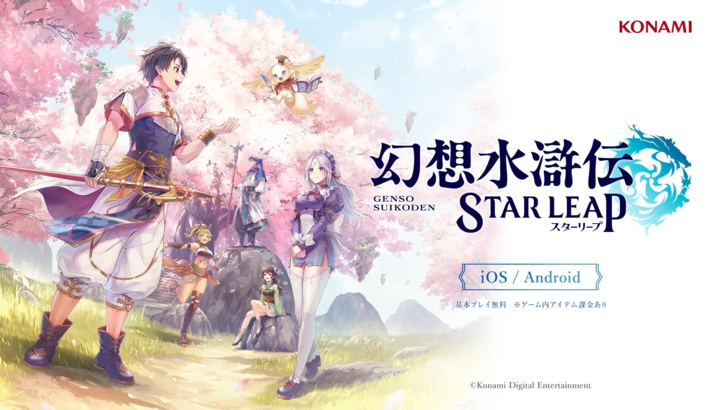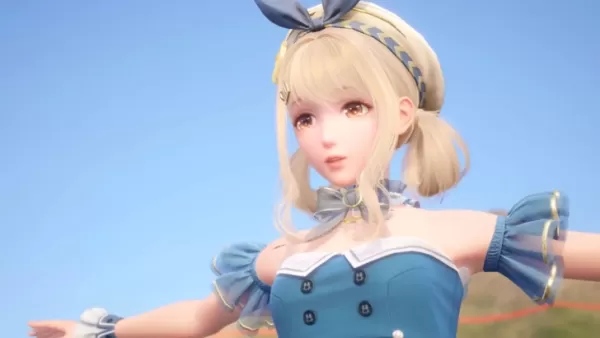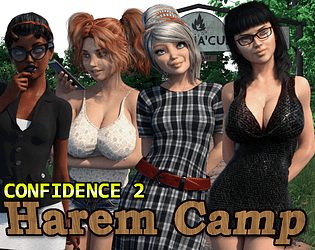With Monster Hunter Wilds shattering Steam records and Resident Evil thriving through Village and acclaimed remakes, Capcom seems unstoppable. Yet, less than a decade ago, the company faced a crisis. A series of critical and commercial failures left Capcom struggling to reconnect with its audience.
Capcom grappled with a loss of direction. Resident Evil, the pioneer of survival horror, faltered after Resident Evil 4, while Street Fighter stumbled with the poorly received Street Fighter 5. These setbacks threatened the legacy of Capcom’s beloved franchises.
A strategic overhaul, powered by a cutting-edge game engine, revitalized Capcom’s iconic series. This shift sparked a remarkable run of critical and financial success, propelling Capcom back to prominence in the gaming industry.
Resident Evil’s Identity Crisis
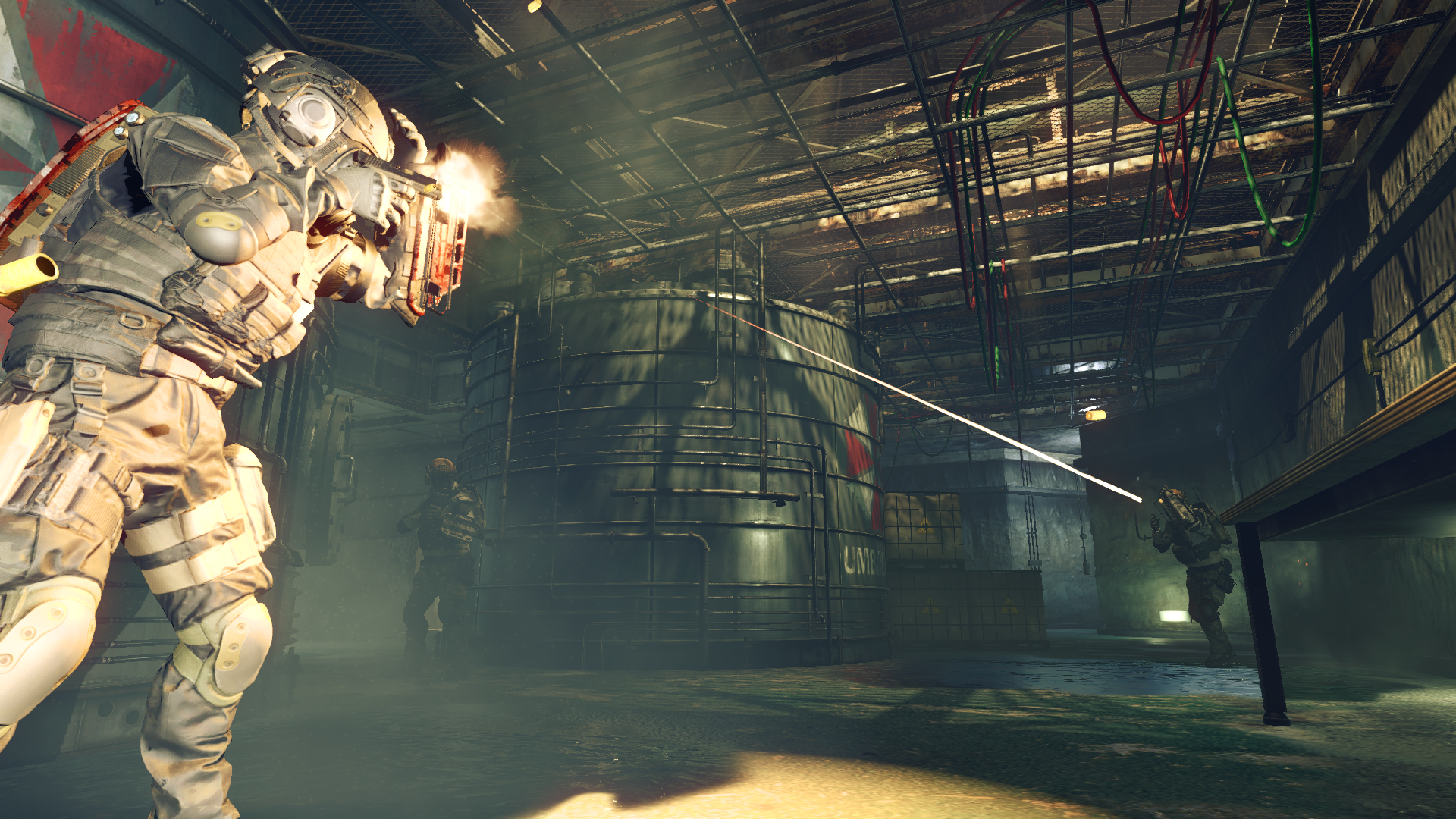
2016 was a tough year for Capcom.
Umbrella Corps, a co-op shooter, was panned by critics and fans. Street Fighter 5 disappointed loyal players, who found it a lackluster follow-up to the stellar Street Fighter 4. Dead Rising 4, despite featuring fan-favorite Frank West, became the series’ final new release.
Since 2010, Capcom endured a string of lackluster years. Mainline Resident Evil titles saw declining critical acclaim despite solid sales. Street Fighter struggled with a poorly received entry, and Devil May Cry vanished from the spotlight. Monster Hunter, while dominant in Japan, struggled to break through globally.
“We sensed a growing disconnect between what fans wanted and what we were delivering,” a Capcom developer noted.
Today, Capcom is a powerhouse, consistently delivering hits since 2017. The Osaka-based studio has released acclaimed titles like Monster Hunter World, Devil May Cry 5, Street Fighter 6, and a trio of groundbreaking Resident Evil remakes, alongside a successful series reboot. Capcom’s recent track record suggests near-infallibility.
This turnaround required more than learning from past mistakes. Capcom reimagined its approach, from targeting global audiences to adopting new technology, enabling a dramatic recovery. IGN spoke with four Capcom creatives to uncover how the company transformed its fortunes.
Founded in 1979 as a maker of “capsule computers,” Capcom rose to fame in the 80s and 90s with 2D classics like Street Fighter and Mega Man. The shift to 3D with Resident Evil cemented its legacy. Between 2000 and 2010, Capcom modernized its franchises, delivering Resident Evil 4, widely regarded as one of gaming’s greatest achievements.
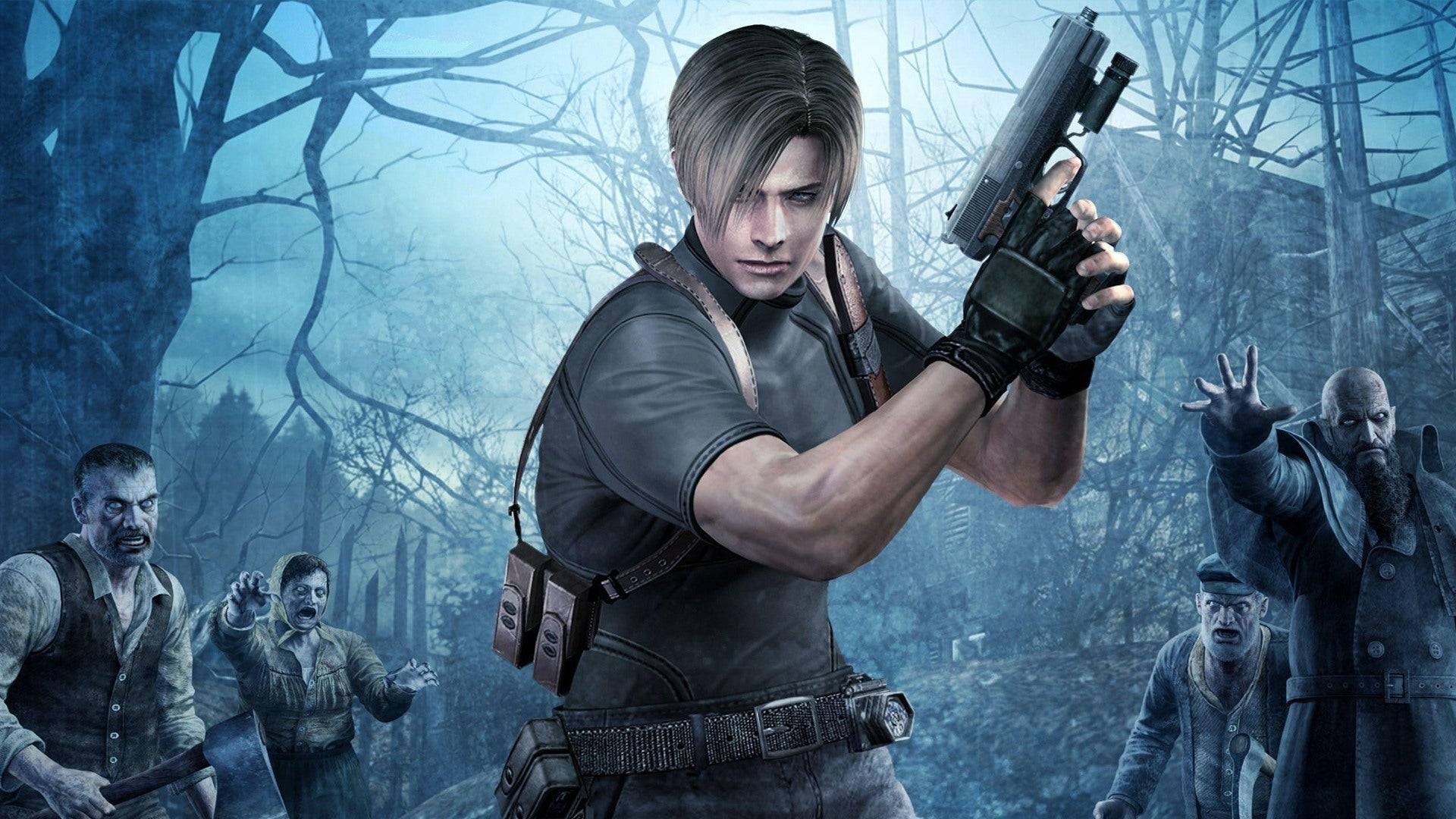
Resident Evil 4, released in 2005, masterfully blended horror and action, drawing inspiration from Friday the 13th, H.P. Lovecraft, and John Carpenter. However, this balance was lost in later titles. Resident Evil 5 leaned heavily into action, with moments like Chris Redfield punching a boulder, straying from the series’ horror roots.
“We set different goals for each Resident Evil game, but we started noticing a gap between fan expectations and our output,” said Yasuhiro Ampo, director of the Resident Evil 4 remake.
This misalignment culminated in Resident Evil 6 in 2012, which tried to cater to both action and horror fans with multiple storylines and characters. The result failed to satisfy either group, as fans voiced frustration online, and developers experimented with ill-fated spinoffs.
Street Fighter faced similar woes. Street Fighter 4 was a tournament and fan favorite, but Street Fighter 5 launched in 2016 with minimal single-player content and poor online performance, frustrating players with its lack of polish.
Other franchises struggled too. Devil May Cry saw declining returns, leading Capcom to outsource DmC: Devil May Cry to Ninja Theory. The 2013 title’s new direction and technical issues alienated fans, shelving the series. New ventures like Lost Planet and Asura’s Wrath failed to resonate, with Dragon’s Dogma as a rare highlight.
Capcom needed a bold change to reverse its fortunes.
Street Fighter 5’s Redemption Efforts
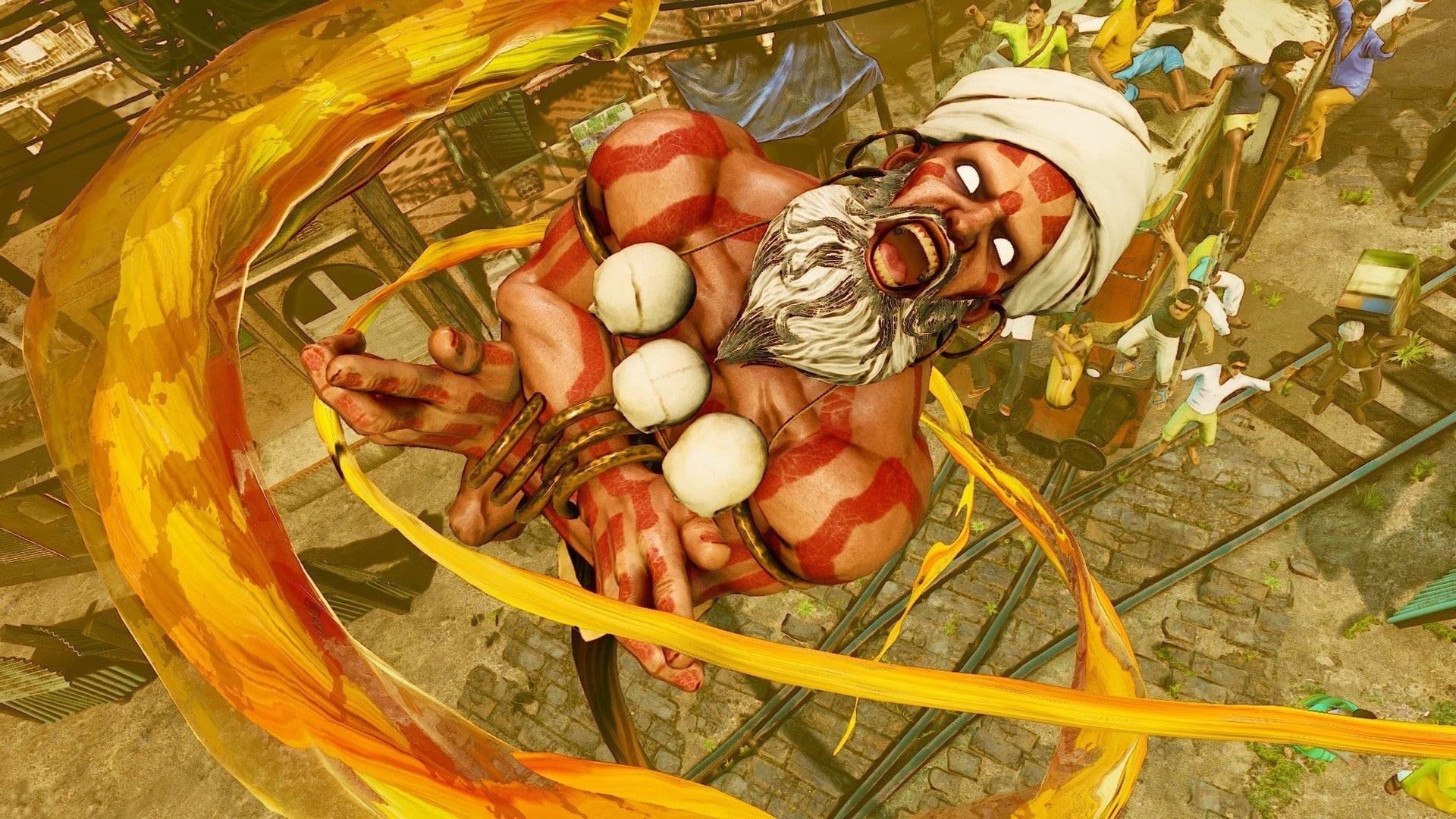
By the mid-2010s, Capcom initiated transformative changes. Street Fighter 5 required urgent fixes. Director Takayuki Nakayama and producer Shuhei Matsumoto were tasked with stabilizing the troubled title.
“Development challenges limited our ability to make major changes,” Nakayama said. “We had to work within constraints, addressing critical issues while planning for Street Fighter 6.”
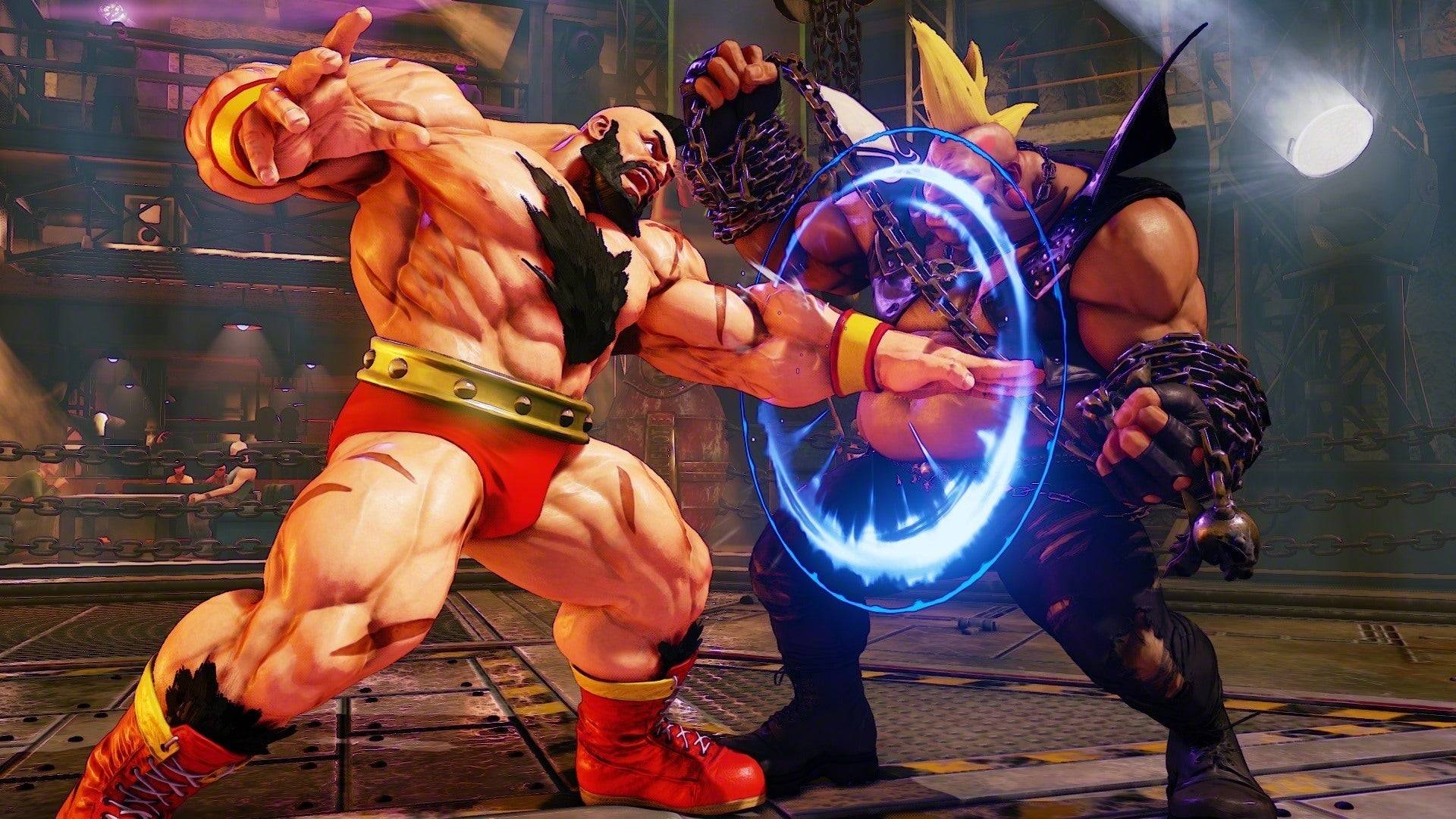
Time constraints prevented a full overhaul, so Nakayama focused on fixing core issues, laying groundwork for the next title. Abandoning Street Fighter 5 was not an option, Matsumoto explained: “We used Street Fighter 5 to test ideas, learning what worked for Street Fighter 6.”
The team treated Street Fighter 5 as a testing ground, introducing updates like improved netcode, character rebalancing, and new mechanics like V-Shift. The goal was to rediscover the fun, addressing the game’s steep learning curve that frustrated players.
“Fighting games should be enjoyable,” Matsumoto said. “We needed to guide players to that fun, which Street Fighter 5 initially lacked.”
Street Fighter 6 expanded accessibility for newcomers while retaining depth for veterans, avoiding the pitfalls of oversimplifying the game. The lessons from Street Fighter 5’s fixes culminated in Street Fighter 6’s 2023 launch as a critically acclaimed title.
Capcom’s broader strategy shift ensured such challenges wouldn’t recur, driven by a new engine and a global focus.
Monster Hunter’s Global Breakthrough
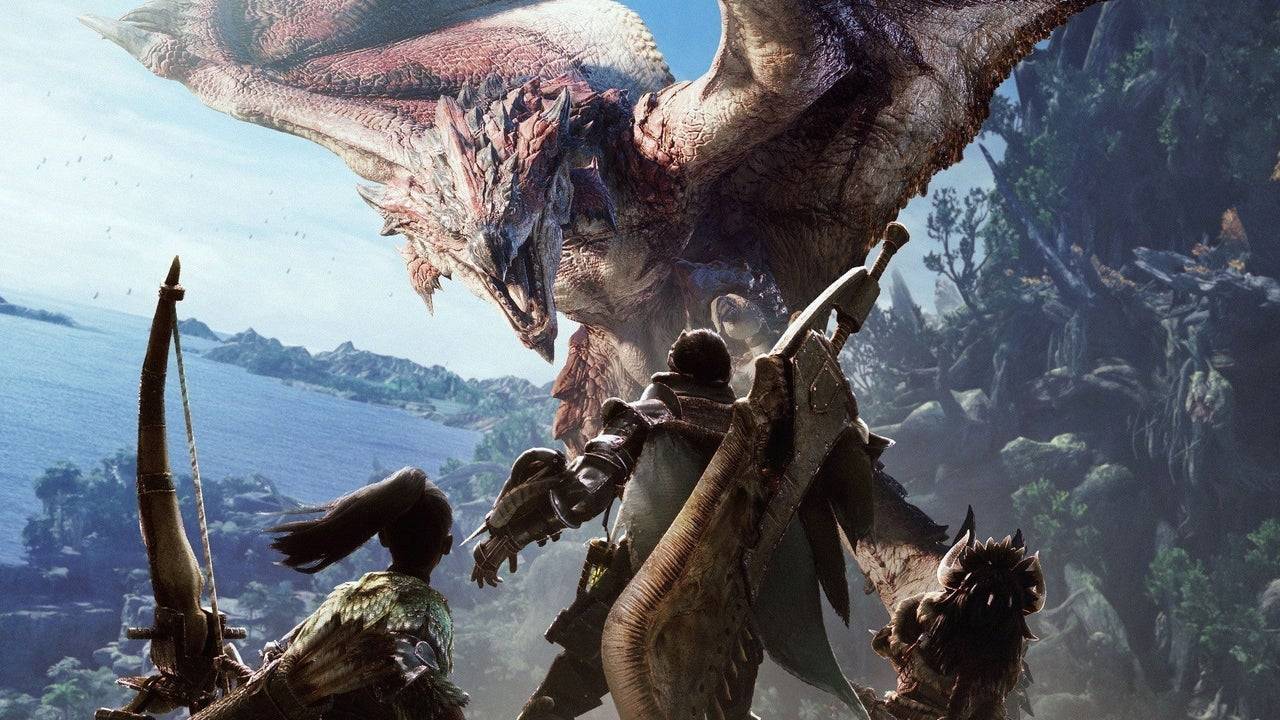
In 2016, Capcom restructured to target a global audience, adopting the RE Engine to replace the aging MT Framework. This shift aimed to create universally appealing games.
“We were tasked with making games fun for everyone, globally,” said Hideaki Itsuno, known for Devil May Cry. “The engine upgrade and organizational changes aligned to support this goal.”
Previous efforts to chase Western trends, like Umbrella Corps and Lost Planet, had faltered. Capcom pivoted to craft games with universal appeal, exemplified by Monster Hunter’s transformation.
Monster Hunter was a Japanese phenomenon, thriving on handheld consoles like the PSP. “Handhelds enabled easy multiplayer without internet,” said executive producer Ryozo Tsujimoto. “This suited Japan’s market but limited global reach.”
Japan-centric content reinforced Monster Hunter’s regional identity, but improving global internet infrastructure opened new possibilities. Monster Hunter: World, launched in 2018, was a bold leap, offering AAA-quality action, enhanced graphics, and larger environments.
“Calling it Monster Hunter: World signaled our global ambitions,” Tsujimoto said. “We ensured simultaneous worldwide releases and no region-exclusive content.”
Global focus testing shaped World’s design, with tweaks like displaying damage numbers to broaden appeal. Monster Hunter: World and Monster Hunter Rise sold over 20 million copies each, far surpassing previous entries.
“We preserved Monster Hunter’s core while making it accessible,” Tsujimoto said. “For Wilds, we analyzed player pain points to refine systems, ensuring new players reach that sense of mastery.”
Resident Evil 7’s Horror Revival
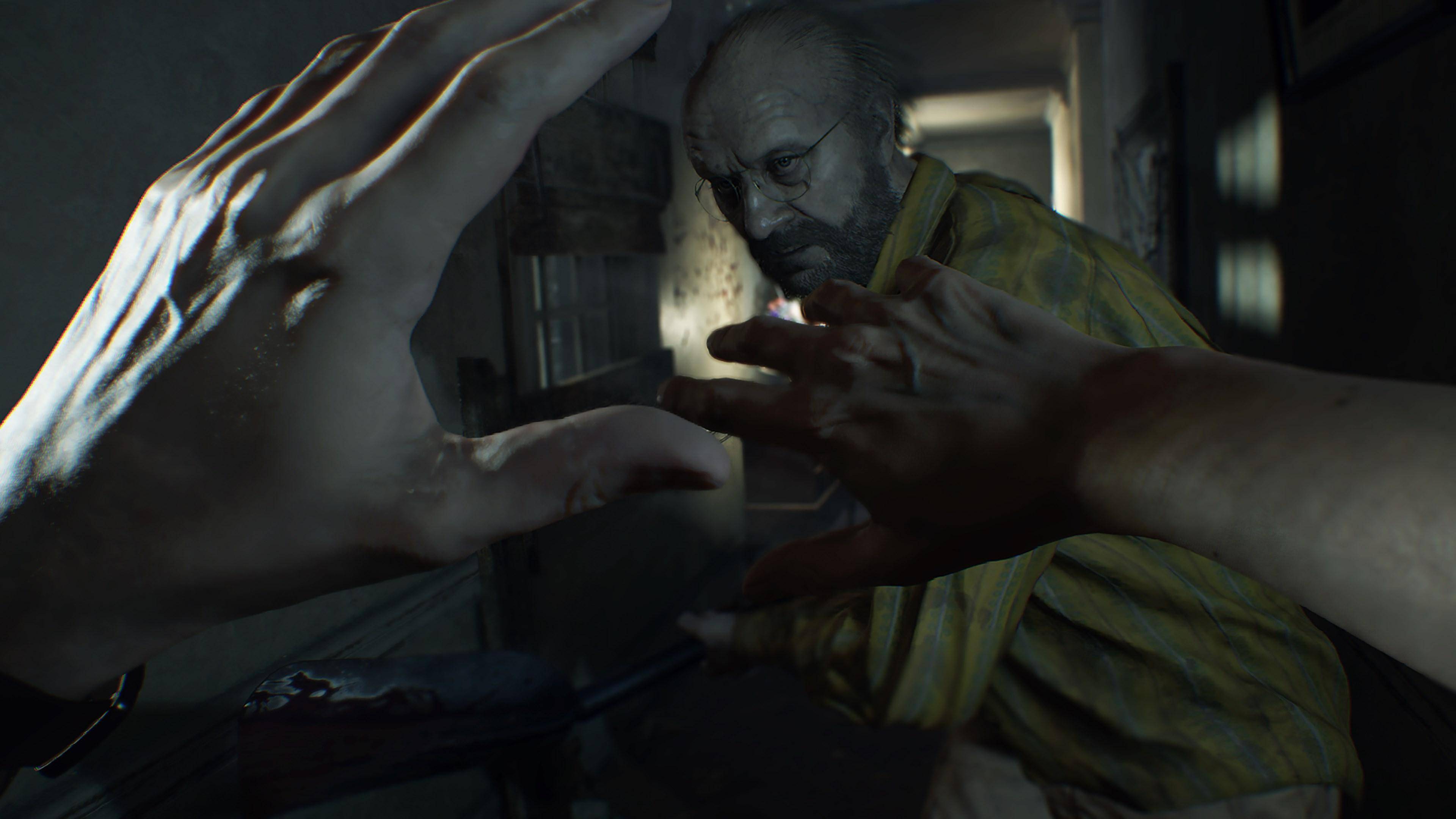
While Monster Hunter had a clear formula to globalize, Resident Evil required a return to its roots. Executive producer Jun Takeuchi mandated a focus on survival horror.
“Takeuchi insisted Resident Evil must be scary,” said Yasuhiro Ampo. “Resident Evil 7 returned to survival horror, experimenting with a first-person perspective.”
Announced at E3 2016, Resident Evil 7’s chilling trailer captivated audiences. Its first-person shift restored the series’ fear factor, with a Southern Gothic setting making it one of the scariest entries.
Capcom balanced this shift with third-person remakes, starting with Resident Evil 2. Fan demand for remakes, spurred by grassroots projects, inspired producer Yoshiaki Hirabayashi to act. The Resident Evil 2 remake, blending action, puzzles, and a relentless Tyrant, became the series’ second best-selling title.
Remaking Resident Evil 4 was riskier. “It’s so beloved, we feared backlash if we got it wrong,” Ampo said. Yet, the 2023 remake refined the action-horror balance, replacing campy elements with a darker tone, earning widespread acclaim.
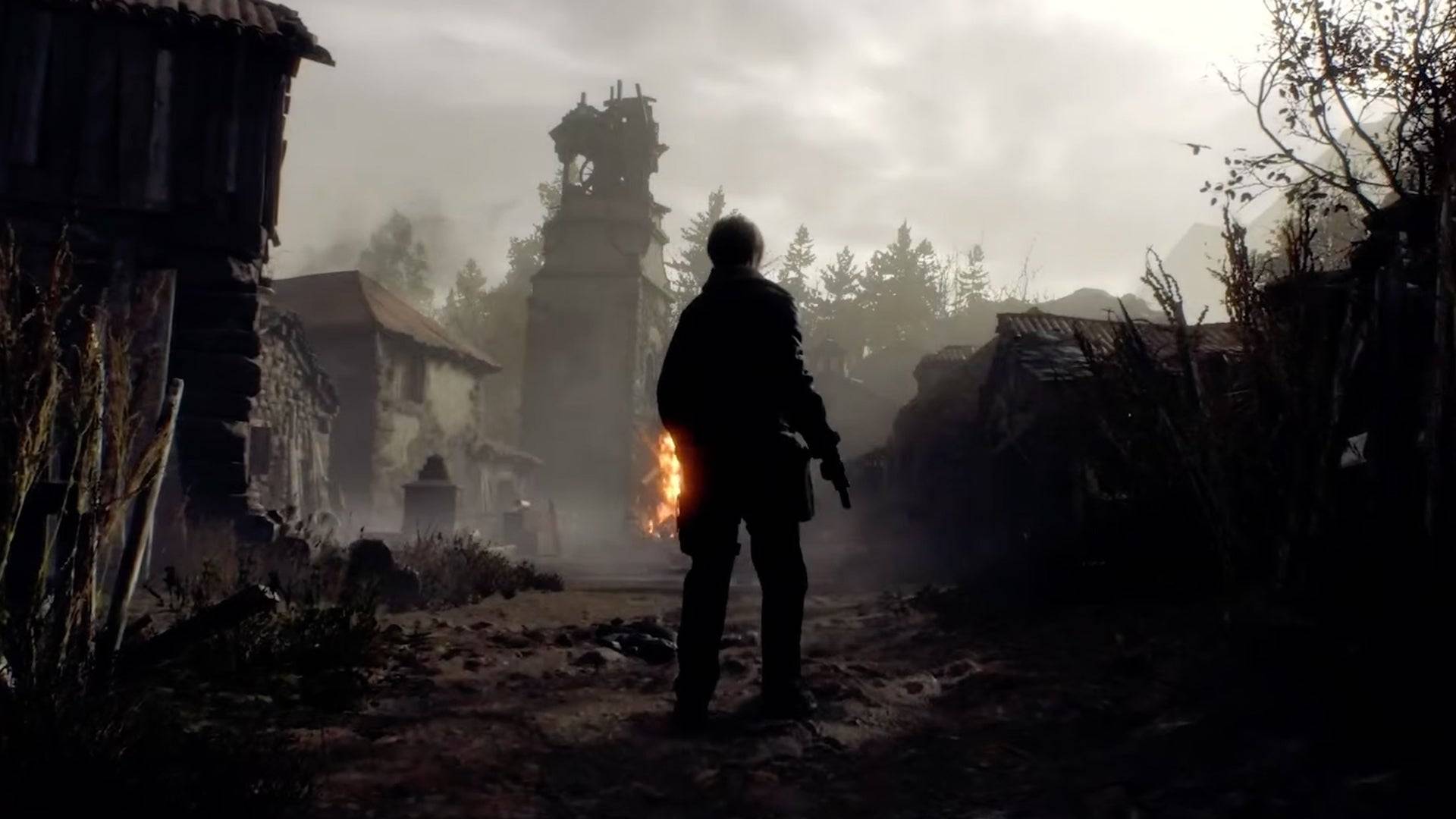
Concurrently, Hideaki Itsuno revitalized Devil May Cry. After exploring RPGs with Dragon’s Dogma, Itsuno found action games overly player-friendly. Devil May Cry 5, powered by the RE Engine, aimed to deliver unmatched style and challenge.
The Power of the RE Engine
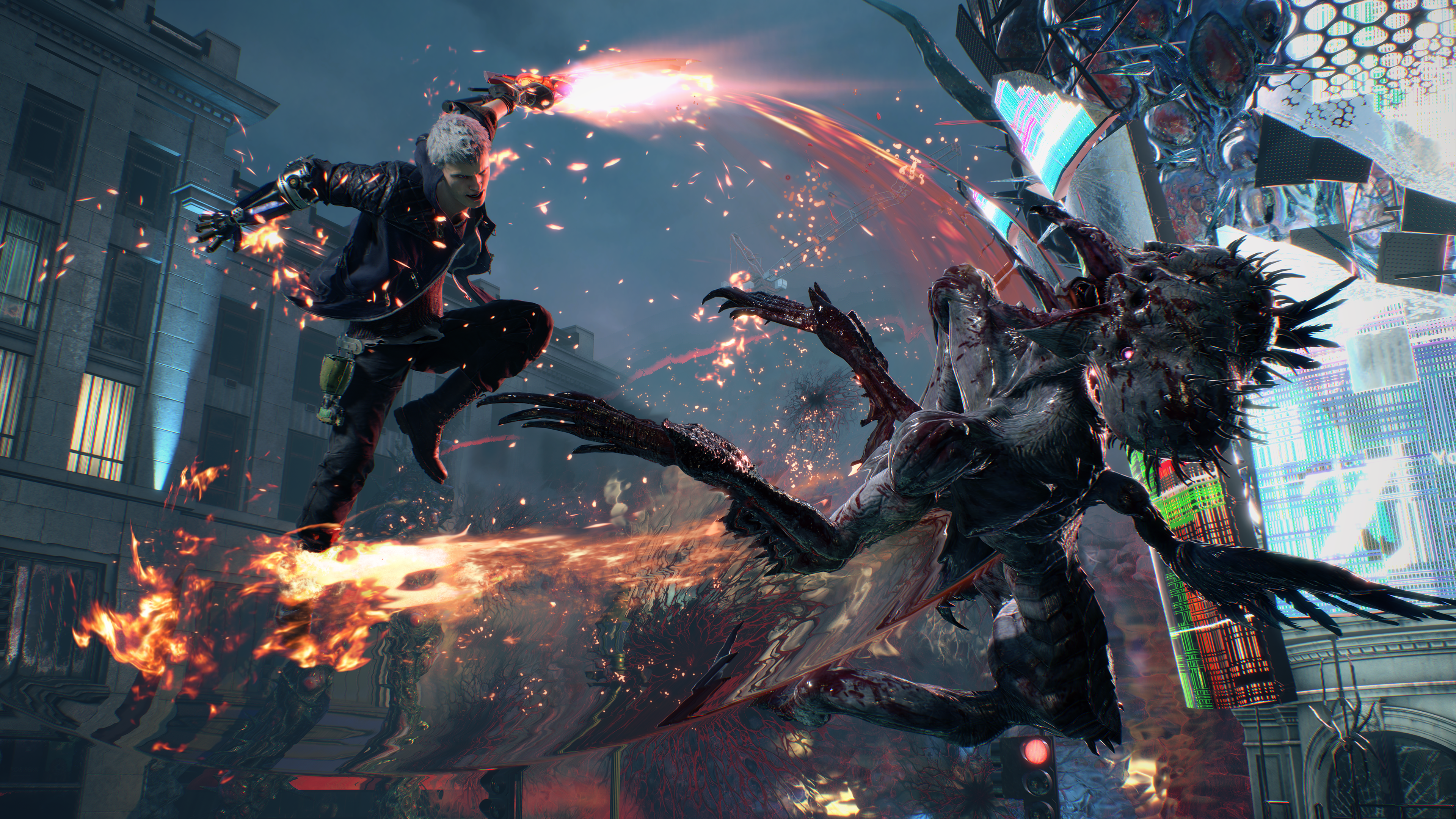
“Action games were becoming too lenient,” Itsuno said. “Devil May Cry 5 needed to push boundaries.”
After a decade away, Itsuno returned to Devil May Cry with the RE Engine, which offered photorealistic visuals and agile development tools. “The RE Engine reduced stress, allowing rapid iteration,” Ampo said.
“Devil May Cry is about being cool,” Itsuno said. “I poured everything I find stylish—movies, comics, sports—into the game.” The RE Engine’s flexibility enabled Devil May Cry 5 to become a critical and commercial triumph.
Capcom’s New Golden Era
Since 2017, Capcom has delivered near-annual award-worthy games, a feat unmatched by most studios. Monster Hunter Wilds continues this streak, powered by the RE Engine and a global focus.
Capcom’s formula—crafting authentic, genre-defining games with universal appeal—has fueled a renaissance. Unlike peers chasing trends, Capcom balances fidelity to its franchises with broad accessibility, growing audiences without compromising identity.
“It’s an exciting time at Capcom,” said Nakayama. “We focus on what’s fun, creating a golden era we hope to sustain.”
“We’re in a golden age,” Tsujimoto added. “Our goal is to keep it going, year after year.”

